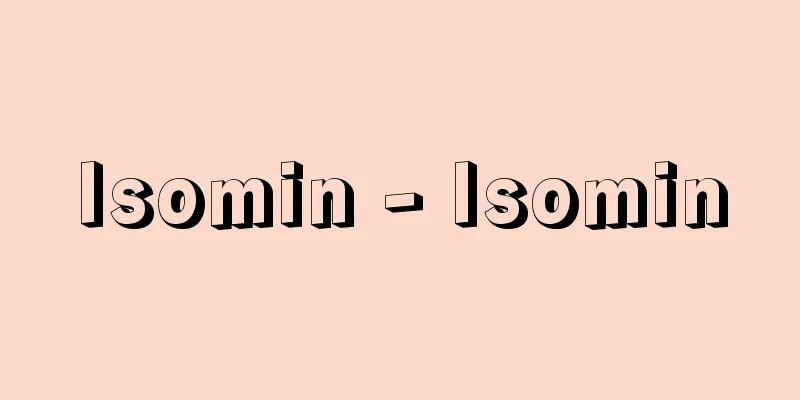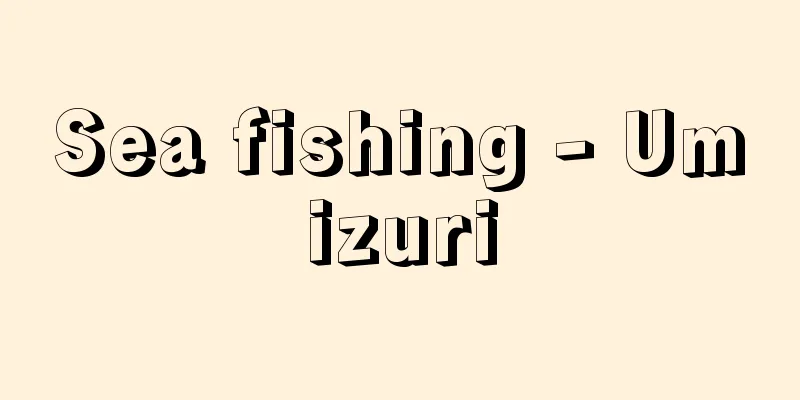Four ends

|
This term was coined by the Confucian scholar Mencius during the Warring States period in China, and refers to the four emotions of pity (pity), shame (honor), humility (humility), and the ability to judge right from wrong. All of these are moral sentiments, and correspond to the four virtues of benevolence, righteousness, propriety, and wisdom. The beginning is a sign. The four beginnings are the seeds of the four virtues that appear in the heart. For example, anyone who sees a young child about to fall into a well will feel pity for the child, and this is a natural human emotion that goes beyond selfish desires such as wanting to get closer to the child's parents or being praised by fellow countrymen. This is considered the beginning of benevolence. This argument that human goodness can be fully realized by expanding the four ends appears in the first chapter of "Gongsun Chou" in "Mencius" and forms the basis of Mencius' theory of human nature being good. Zhu Xi (Zhu Xi) of the Southern Song Dynasty interpreted the four ends as "ends are beginnings," and that the four virtues are inherent in the mind, and that the beginnings that emerge on the surface of the mind are the four ends. This interpretation, along with the generalization of Neo-Confucianism, was long considered the orthodox understanding of the four ends theory. [Kenjiro Tsuchida] "Katsuhito Kobayashi's translation and annotated version of Mencius, volumes 1 and 2 (Iwanami Bunko)" Source: Shogakukan Encyclopedia Nipponica About Encyclopedia Nipponica Information | Legend |
|
中国、戦国時代の儒者孟子(もうし)の用語で、惻隠(そくいん)(哀れみ)、羞悪(しゅうお)(廉恥(れんち))、辞譲(じじょう)(謙譲)、是非(ぜひ)(善悪の判断)の四つの感情をいう。ともに道徳的情操であり、それぞれ仁(じん)、義(ぎ)、礼(れい)、智(ち)の四徳に対応する。端は兆し。心に兆す四徳の芽生えが、四端である。たとえば、幼児が井戸に落ちそうなのを見れば、人はだれでも哀れみの心をおこすが、それはその子の親に近づこうとか、同郷人に褒められたいとかいった打算を超えた人間の自然な感情である。それを仁の端とするのである。四端を拡大していけば、人間の善性は完全に発揮できるというこの議論は『孟子』の「公孫丑(こうそんちゅう)」上篇(へん)にみえ、孟子の性善説の根幹をなしている。なお四端について南宋(なんそう)の朱熹(しゅき)(朱子)は「端は緒(しょ)なり」と解釈し、四徳は本来心に備わっているもので、それが心の表面に現れる端緒を四端とした。この解釈は朱子学の一般化とともに、長く四端説の正統的理解とみなされた。 [土田健次郎] 『小林勝人訳注『孟子』上下(岩波文庫)』 出典 小学館 日本大百科全書(ニッポニカ)日本大百科全書(ニッポニカ)について 情報 | 凡例 |
<<: Division - Shidan (English spelling) division
>>: Shitan (Pterocarpus santalinus; red sandalwood)
Recommend
Adig - Adig
...A general term for the three ethnic groups of ...
Iwakuraiwasaka - Iwakuraiwasaka
A specific area surrounded by rocks or stones wher...
Drifting - Drifting
To be on a ship that cannot be steered due to a s...
Malabsorption syndromes
Definition and classificationMalabsorption syndrom...
Water jet loom
…In Japan, practical machines have been produced ...
Psychiatry - seishinigaku (English spelling) psychiatry
Psychiatry is a branch of medicine that deals with...
Atozza - Atozza
...The stage is two bays wide with a single floor...
Xanthippe - Xanthippe (English spelling)
Date of birth and death unknown. Wife of Socrates...
Emanationslehre - Ryuushutsetsu (English spelling)
A philosophical and theological interpretation of ...
Law consciousness
The term "legal consciousness" refers co...
Nagai Basin
A basin in the upper reaches of the Mogami River i...
Turkana people - Turkana
A pastoral people living in the dry grasslands of ...
Inaniwa
A district of Yuzawa City in the southern part of...
Qara 'Uthmān (English spelling) Qara Uthman
...Their royal lineage was from the Bayindur trib...
Akame - Akame
〘Noun〙① The reddish shoots of a plant. ② A cultiva...









